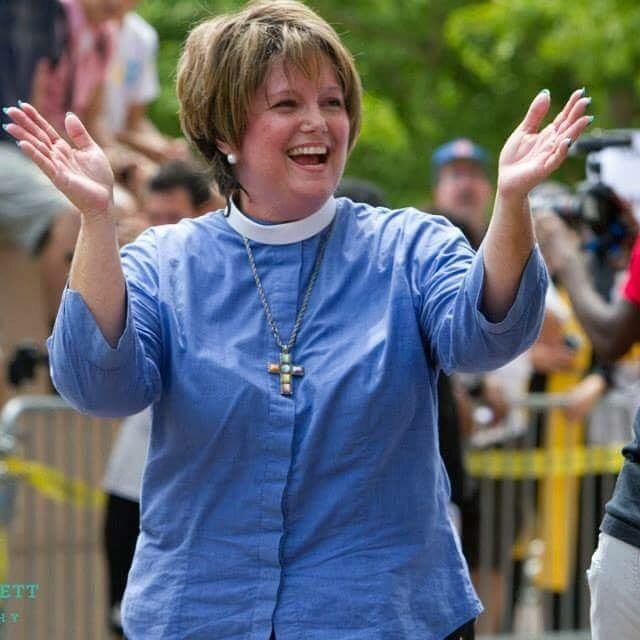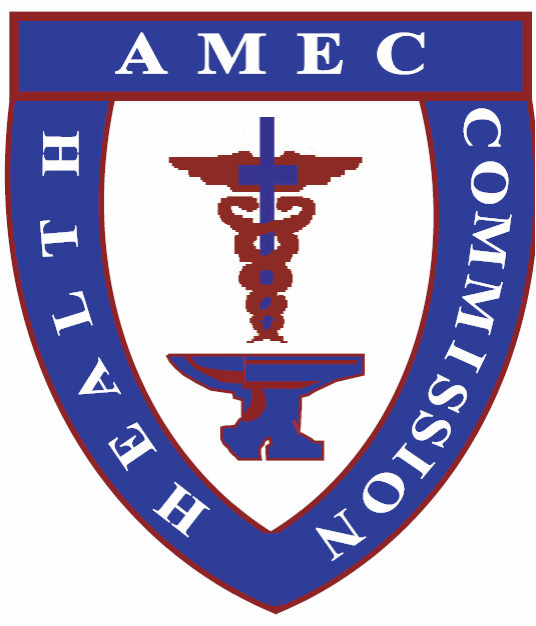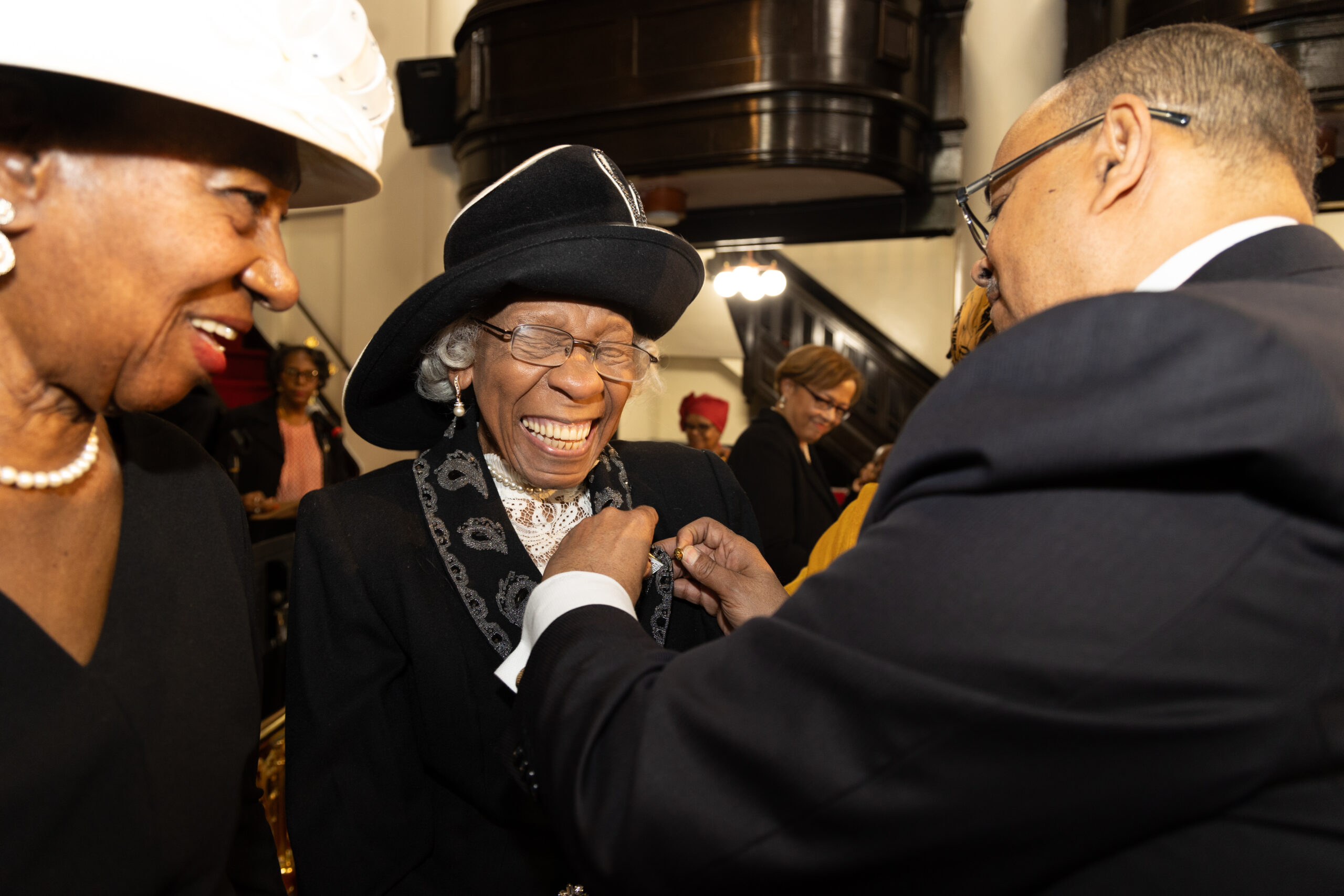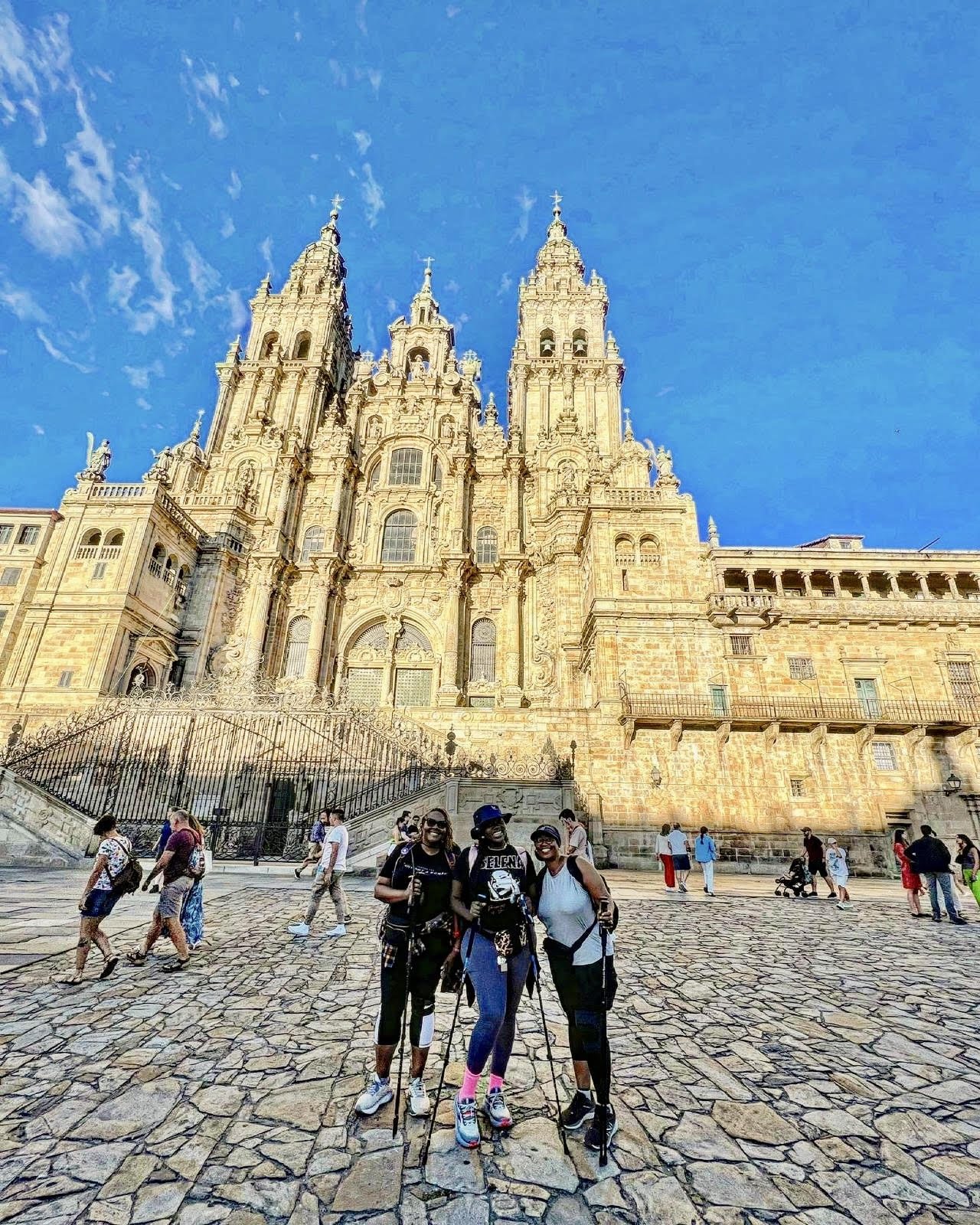Down the Road
Rev. Renita Green, Columnist
On July 14, 1865, Bishop Daniel Payne preached the dedication of Holy Trinity African Methodist Episcopal Church, Wilberforce, Ohio. Its founders planted Holy Trinity for the students and faculty of Wilberforce College. In 1953, President Stokes invited the congregation to make her home in the newly built Chapel of the Living Savior at Payne Seminary. The membership has ebbed and flowed. Today, the members are aging, the neighborhood is changing, and the church no longer has a visible presence in the community.
This is the story of many historic congregations in changing communities. Like Holy Trinity, they are confronted with discerning their future. Merging or closing seem like logical options. Church is a business, no doubt, but the congregation is family. The buildings tell the stories of communities, families, and unrelenting faith. The grounds are sacred spaces that tell the stories of God’s faithfulness from generation to generation.
Hebrews 11 is noted as the faith “Hall of Fame.” We celebrate the stories of the faithful—their courage, boldness, resilience, and commitment are awe-inspiring. However, it is verse 13 that stops me in my tracks, “All of these died in faith without having received the promises, but from a distance they saw…” (vs. 13).
These legends of faith did not see the promise, but they saw down the road.
Those who serve declining congregations have the rare opportunity to compassionately guide congregations through a discerning process—to shine light down the road. Some congregations can be revived, revamped, or rebranded, yet few will see the promise. Ministry is a journey, not a destination.
Church growth surveys have a variety of questions for declining congregations. Two helpful questions include, “Is the church/congregation vital?” and “Is the church/congregation viable?”
1) Is this church/congregation vital to the
- Connection: Is this particular church an essential part of the story of the Connection? Does this church produce members who contribute their skills and talents to the whole?
- Community: Does the congregation or church building serve a need that would be otherwise go unmet within the community?
- Congregation: Do the current members of the congregation need to be part of that congregation in that building?
2) Is this church/congregation viable
- Financially: Can it sustain the ministry, the building, connectional contributions, their bills, and fund a pastor?
- Structurally: Is the building habitable, safe, and accessible?
- Spiritually: Do the congregations have the faith, courage, boldness, resilience, and commitment to see down the road?
Daniel Payne saw down the road, and as a result, many have received educational opportunities that would have otherwise been inaccessible, and a congregation exists that has blessed generations. But sadly, not every congregation will survive, and not every building will remain open.
Congregations and buildings are part of God’s unfolding story, not the destination. The discerning process starts in grief yet ends in hope if the discerners can see down the road.





